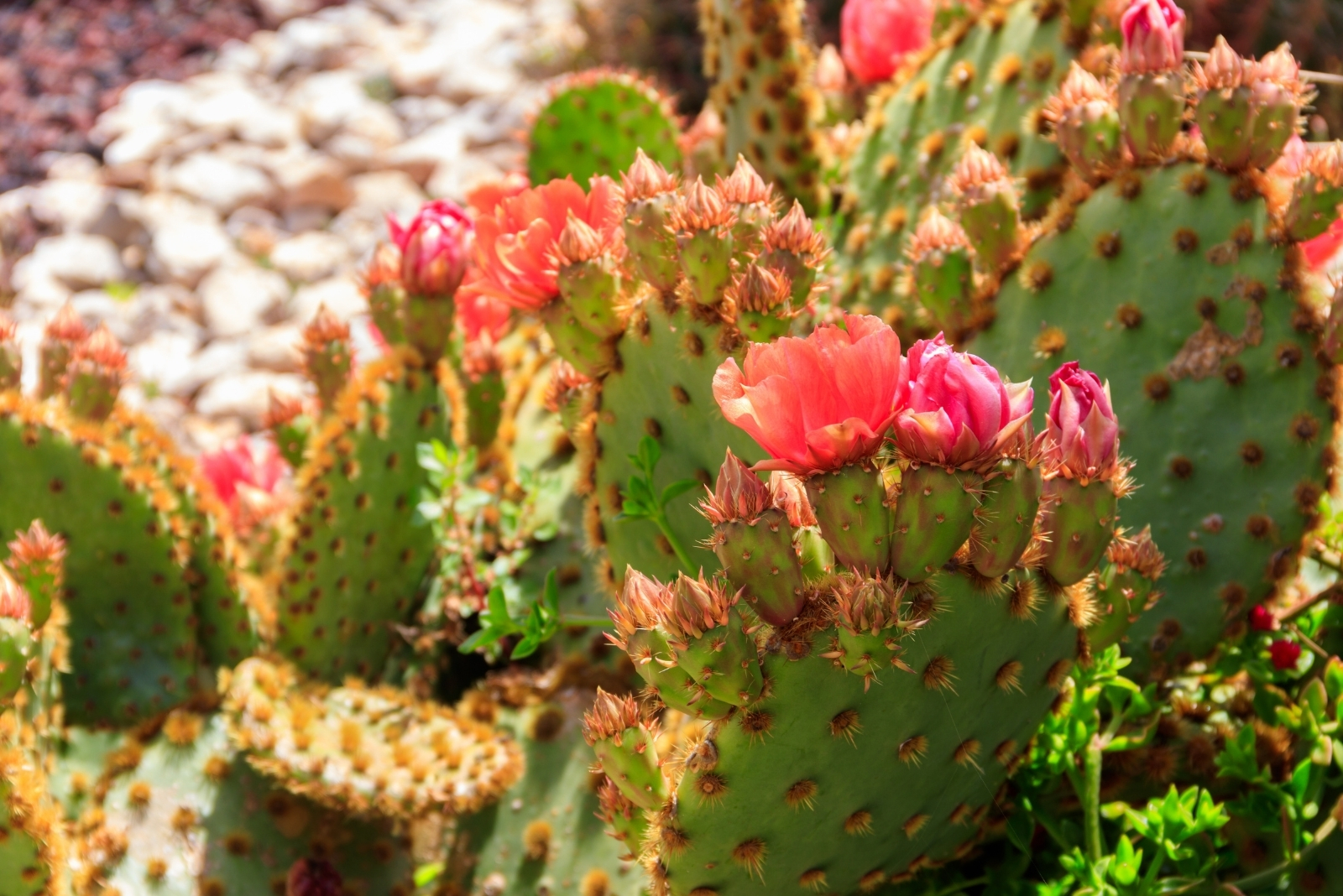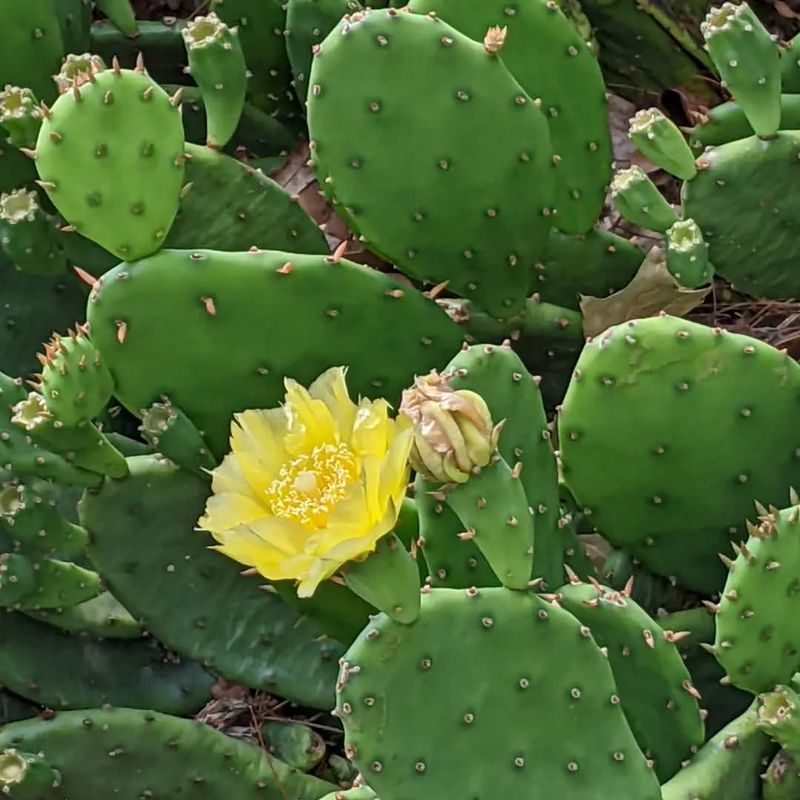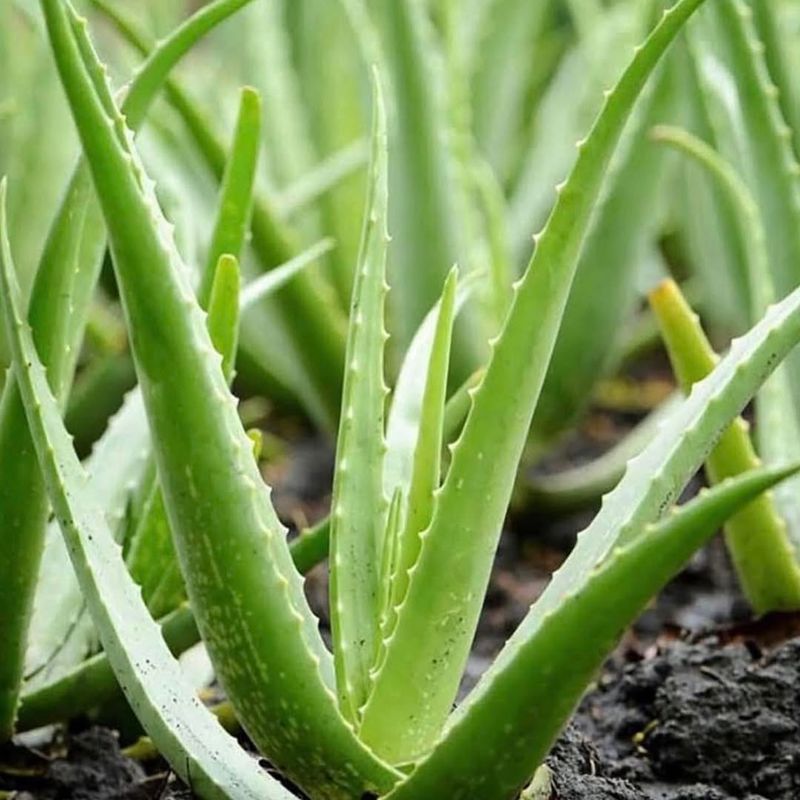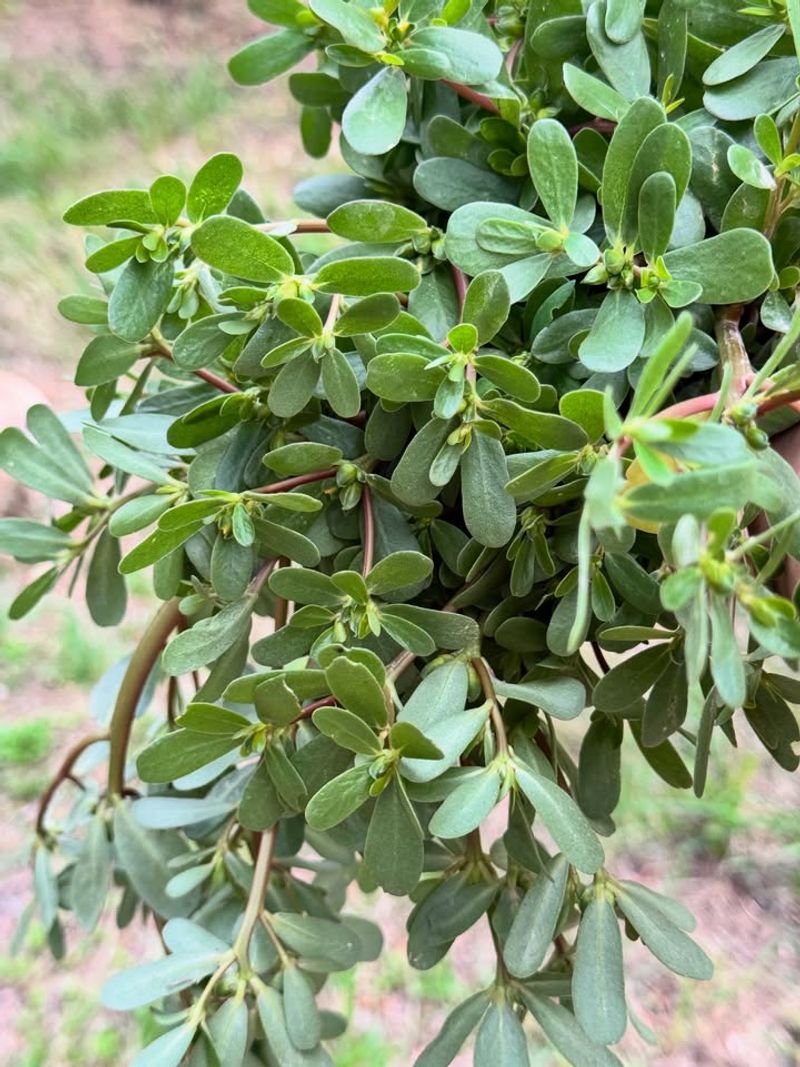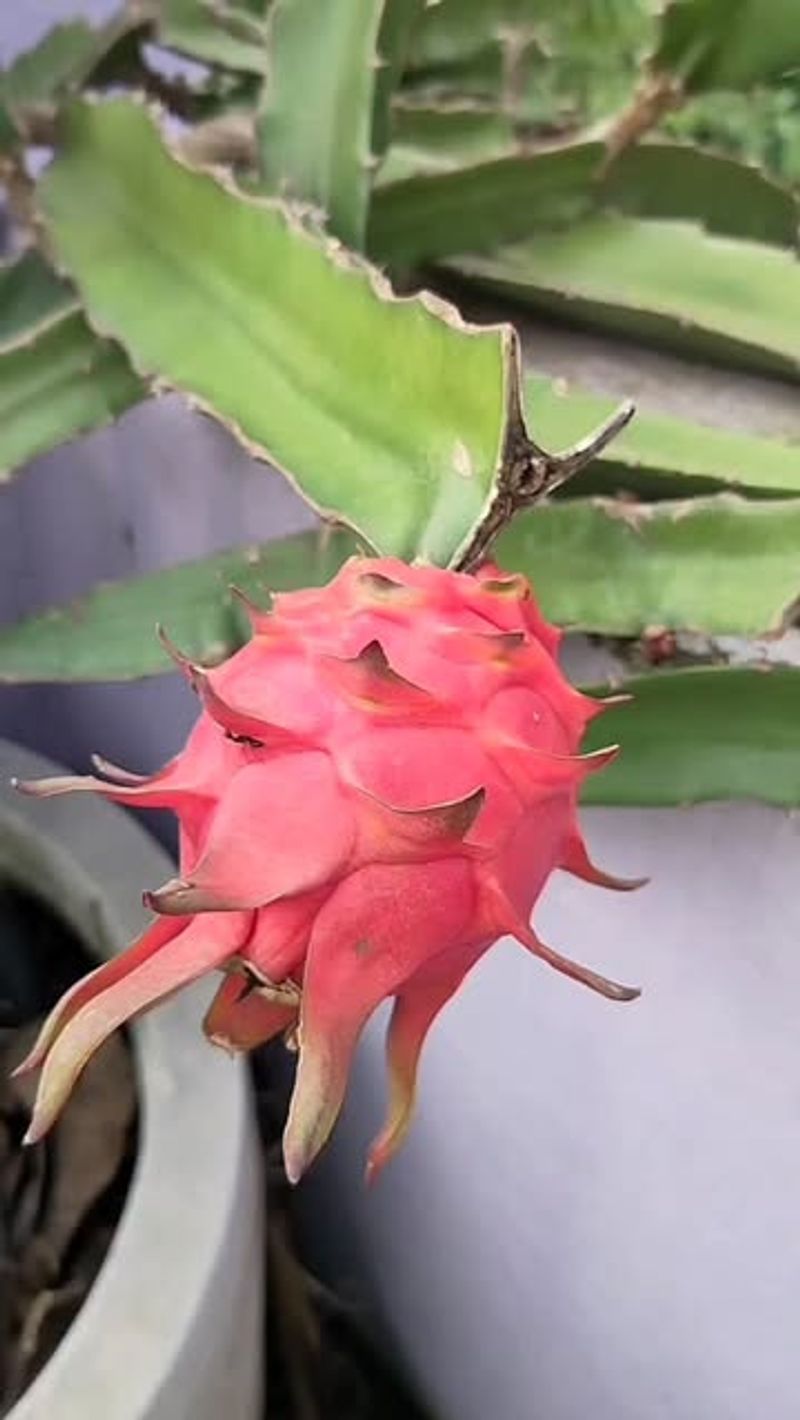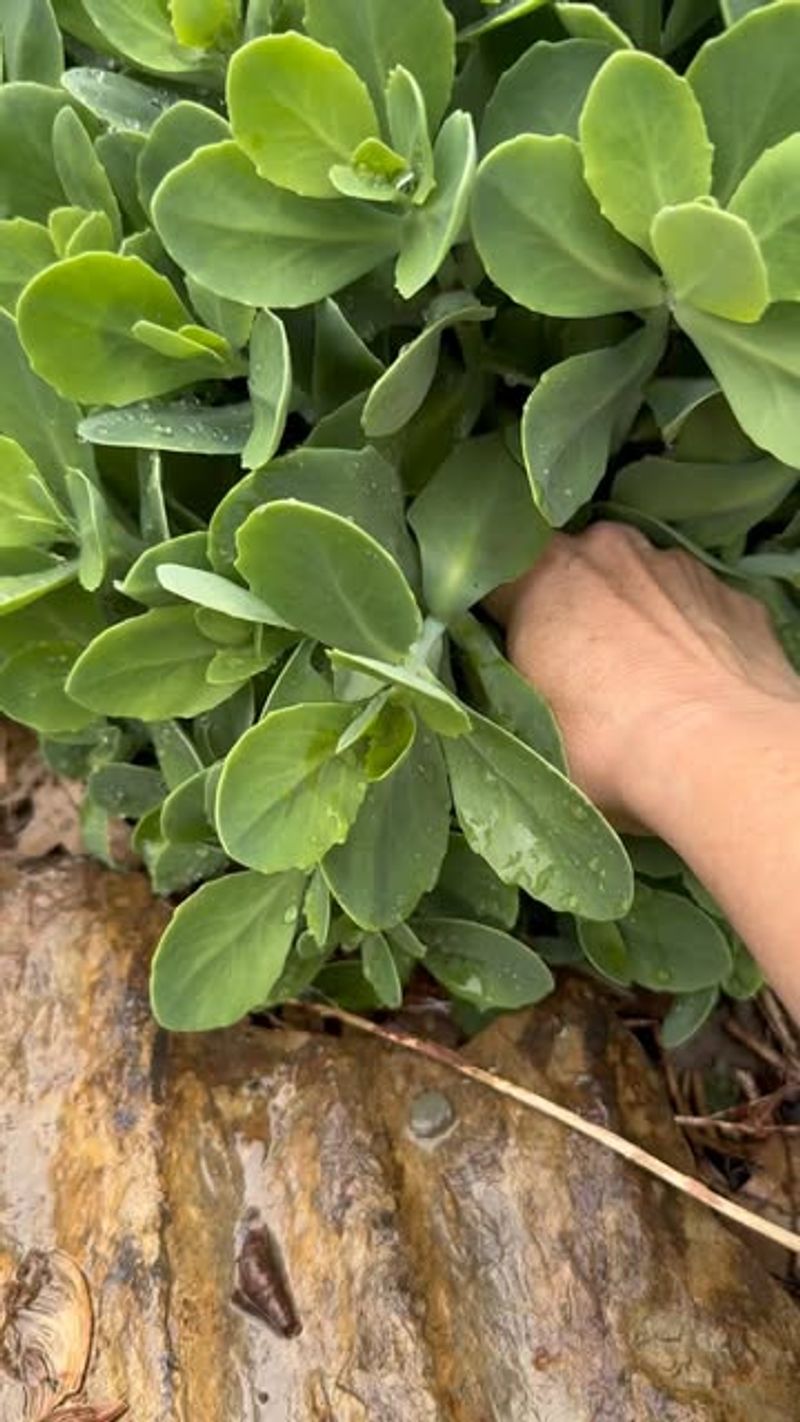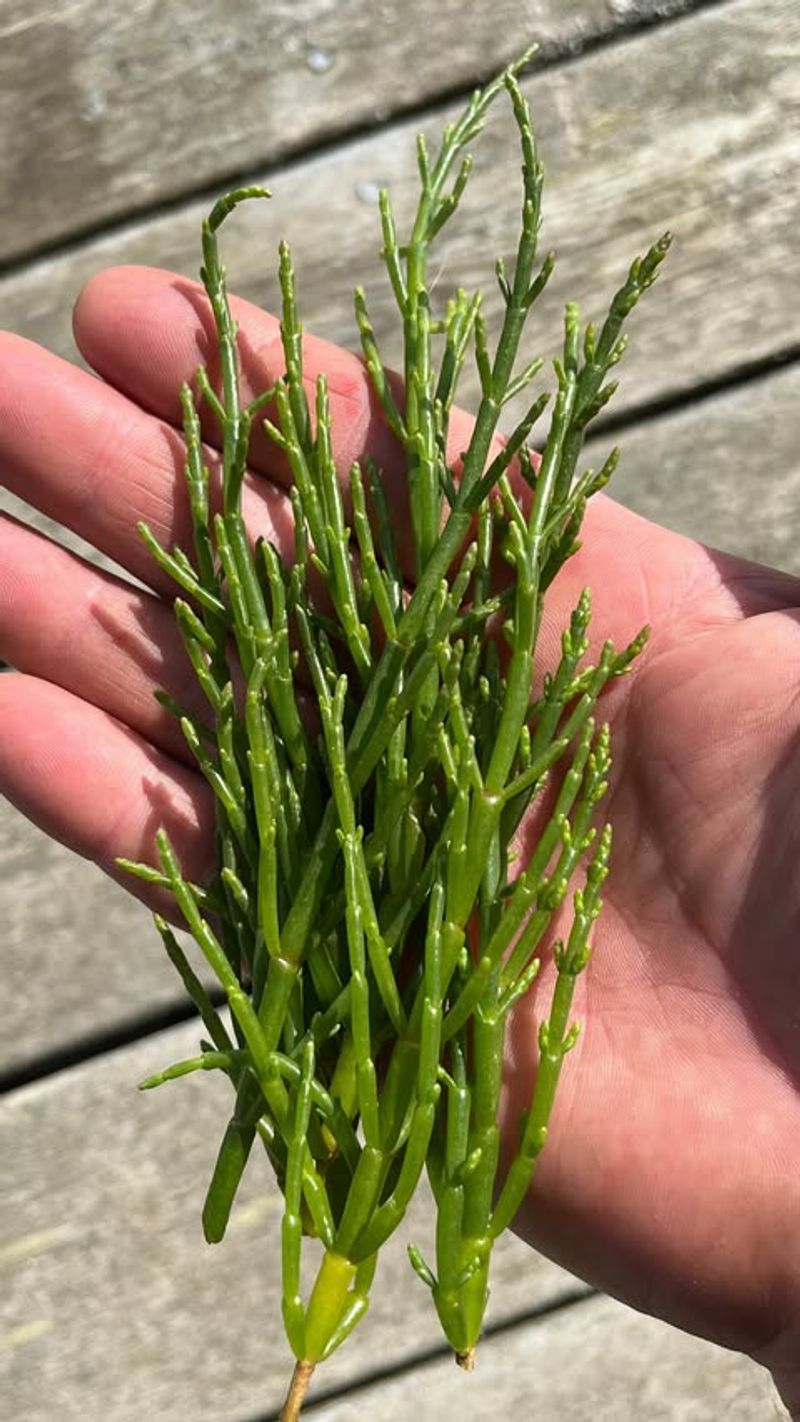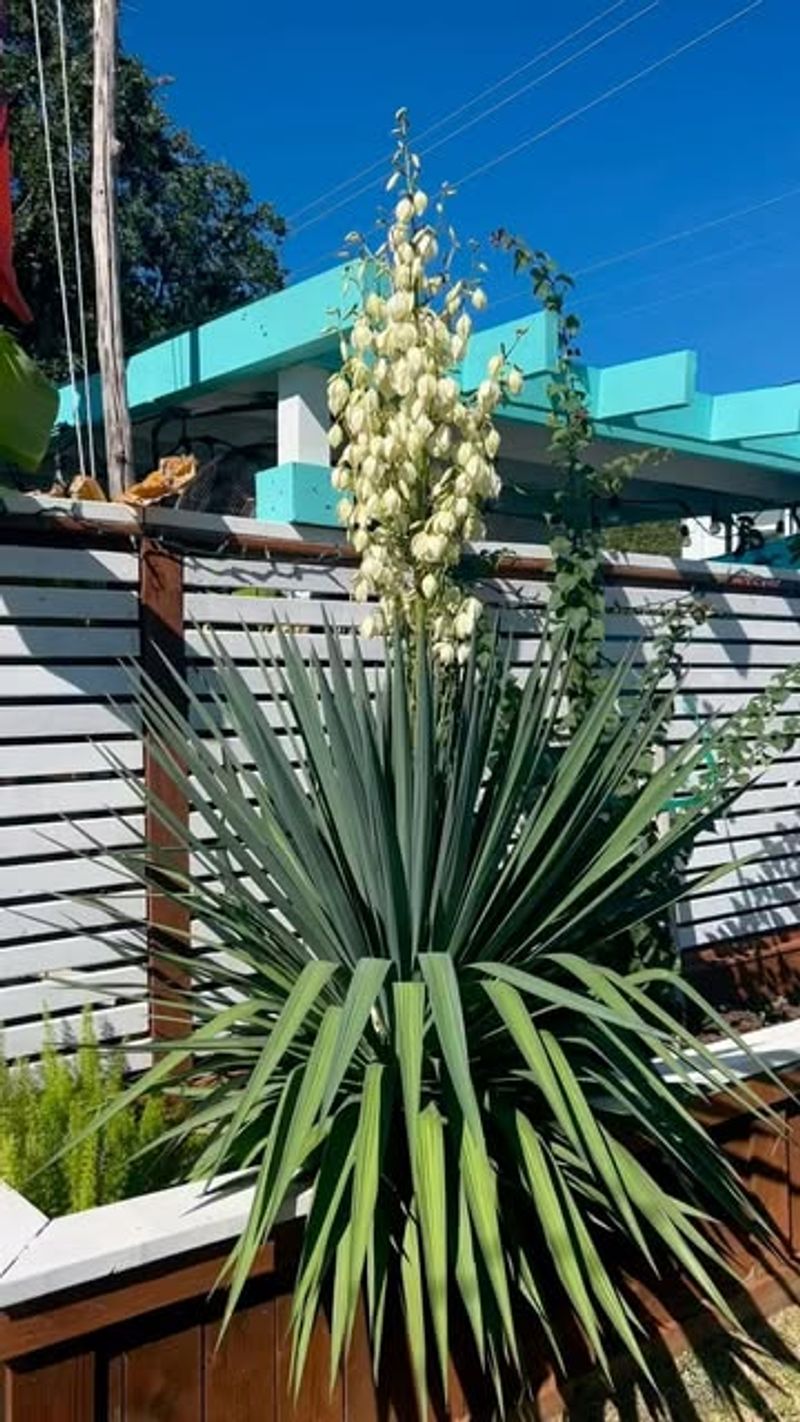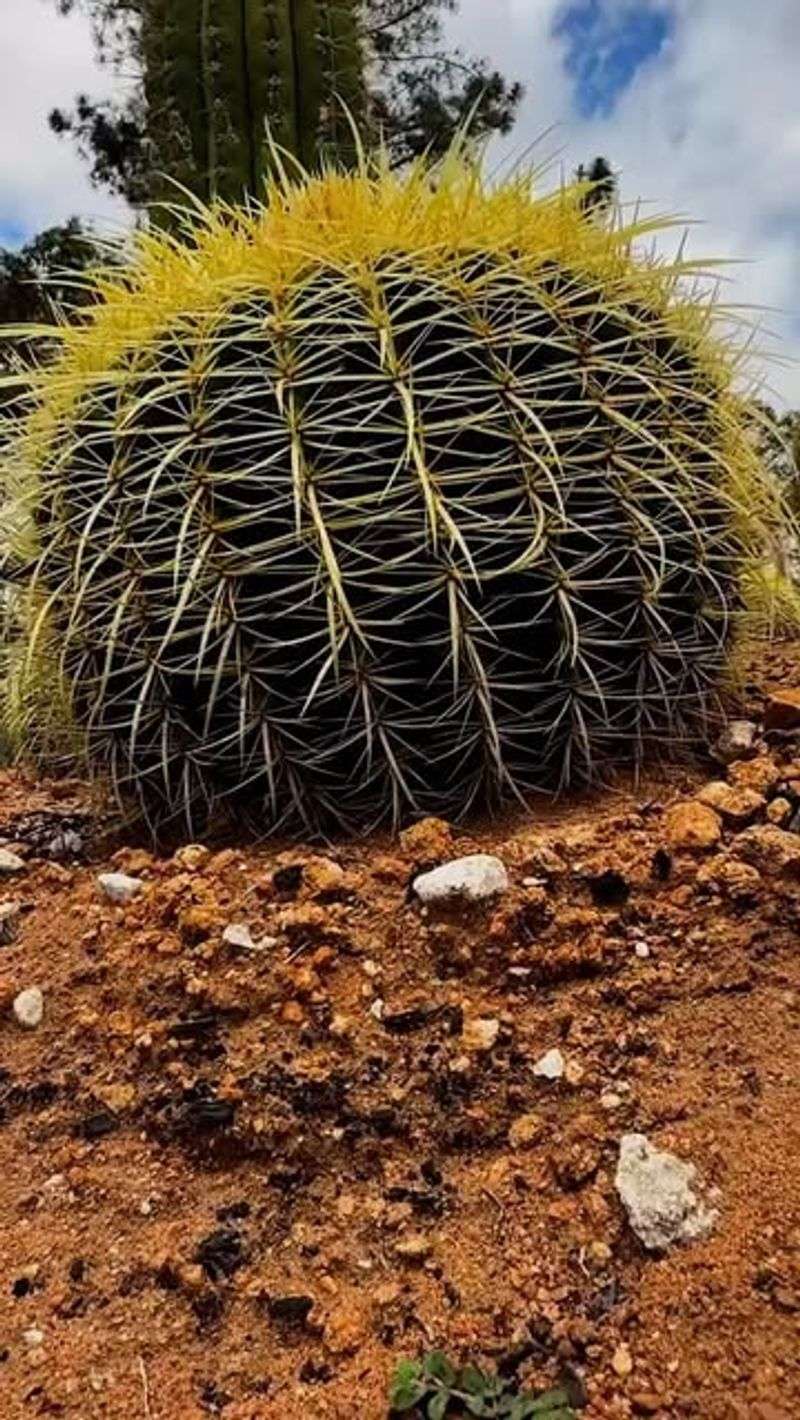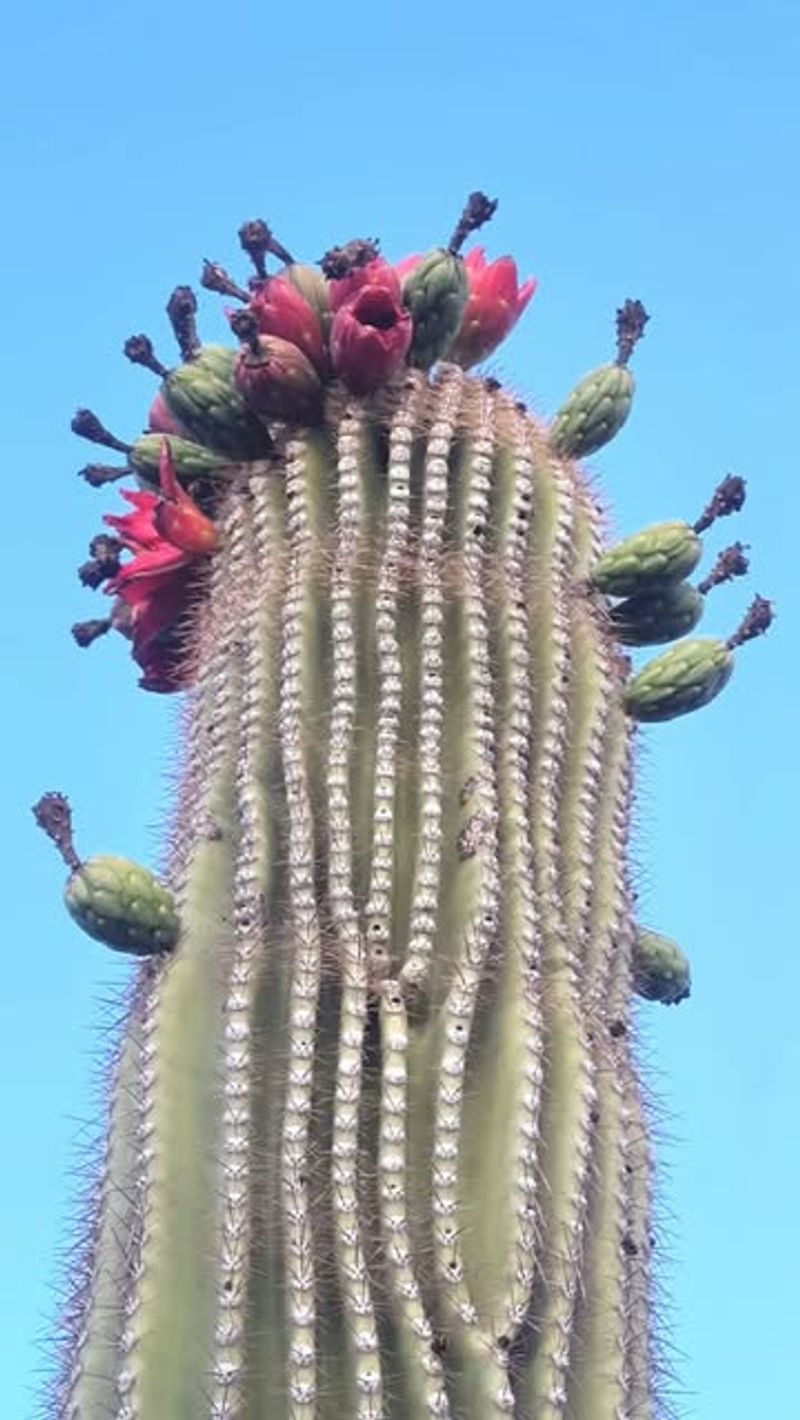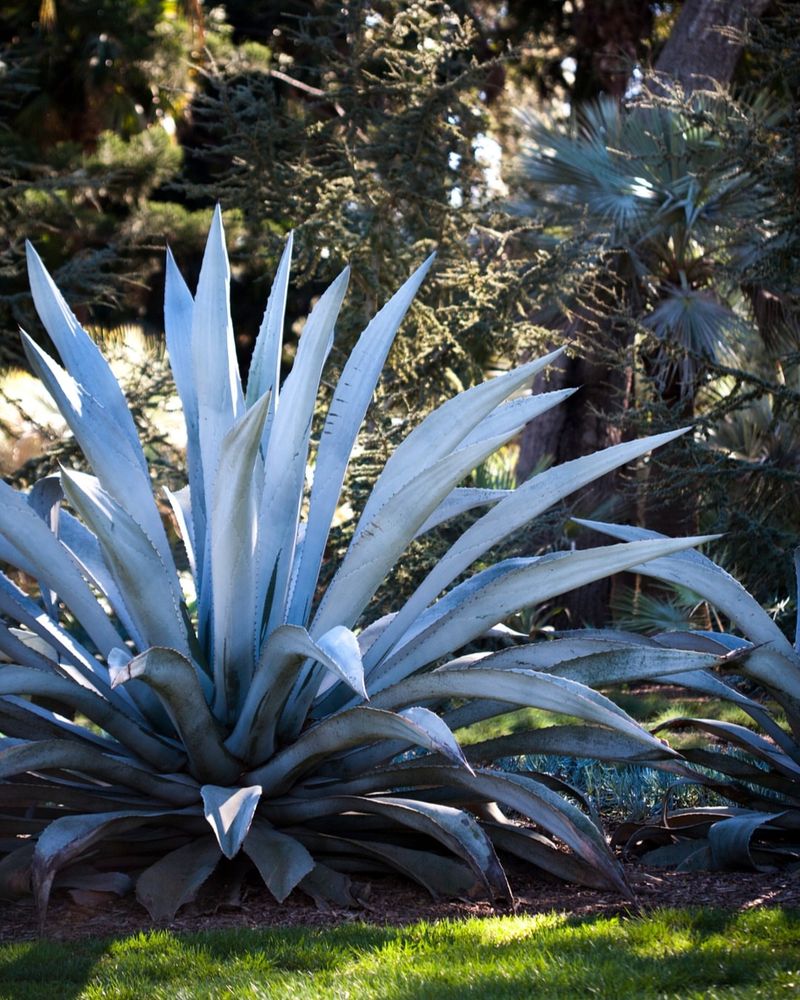Texas gardens are perfect for succulents that do more than just look pretty. Some are edible, adding both beauty and flavor to your outdoor space.
They thrive with little water and plenty of sun, making them a win-win for gardeners. Growing these plants is both practical and deliciously fun.
1. Prickly Pear Cactus
Native to Texas and beloved across the Southwest, prickly pear cactus offers both tasty pads and sweet fruits. The young pads, called nopales, taste tangy and slightly citrusy when cooked, making them perfect for tacos and salads.
Harvest the fruits in late summer for jams or fresh eating. Just remember to carefully remove the tiny spines before cooking!
Texas gardeners love how this cactus handles extreme heat and requires almost no watering once established.
2. Aloe Vera
Famous for soothing sunburns, aloe vera also makes a refreshing addition to smoothies and drinks. The clear gel inside the thick leaves has a mild, slightly bitter taste that blends well with citrus flavors.
Growing aloe in Texas is incredibly easy since it loves warm weather and minimal water. Plant it in well-draining soil and watch it multiply into clusters.
Many Texans keep a pot near the kitchen for quick access to fresh gel year-round.
3. Purslane
Often mistaken for a weed, purslane packs more nutrition than most garden vegetables you’ll find. Rich in omega-3 fatty acids and vitamins, the lemony-flavored leaves add a crisp crunch to summer salads.
Purslane thrives in Texas heat and actually prefers poor soil, making it perfect for beginners. It spreads quickly across garden beds, providing continuous harvests throughout warm months.
Pick the tender stems and leaves regularly to encourage more growth.
4. Dragon Fruit Cactus
Exotic and surprisingly easy to grow, dragon fruit cactus produces stunning flowers that bloom at night before forming colorful fruits. The white or red flesh inside tastes mildly sweet with tiny crunchy seeds throughout.
Give this climbing cactus a sturdy support structure in your Texas garden and watch it reach impressive heights. It needs more water than desert cacti but still handles Texas summers beautifully.
Harvesting your own dragon fruit feels incredibly rewarding!
5. Stonecrop Sedum
Various sedum species offer edible leaves with a peppery, slightly sour flavor that livens up salads and stir-fries. The thick, juicy leaves store water efficiently, making stonecrop incredibly drought-resistant for Texas conditions.
Plant sedum along garden borders or in containers where it will spread into attractive mats. The leaves taste best when harvested young and tender in spring.
Texas gardeners appreciate how this succulent requires practically zero maintenance while providing fresh greens.
6. Sea Beans
Salty and crunchy, sea beans taste like the ocean concentrated into tiny green fingers. Also called samphire or saltwort, this coastal succulent grows naturally along Texas beaches but adapts well to inland gardens with salty soil.
Blanch the tender tips briefly and toss with butter for a simple side dish. Sea beans need good drainage but tolerate Texas heat remarkably well.
Their unique flavor makes them a conversation starter at dinner parties across the state.
7. Yucca
Bold and architectural, yucca plants produce edible flowers and young flower stalks that taste similar to artichokes when cooked properly. Native Americans and early Texas settlers regularly harvested yucca blooms for traditional dishes.
The creamy white petals have a slightly sweet, crisp texture perfect for salads or light sautéing. Yucca thrives in Texas without any extra care once planted.
Just avoid the sharp leaf tips when harvesting those beautiful blooms in late spring!
8. Barrel Cactus
Round and tough-looking, barrel cactus contains edible flesh and seeds that provided emergency water and food for desert travelers throughout Texas history. The pulp inside tastes slightly bitter but becomes sweeter when cooked into candies or preserves.
Growing barrel cactus requires patience since they develop slowly over many years. They handle Texas droughts better than almost any other plant.
Many gardeners grow them purely for ornamental value while appreciating their survival capabilities.
9. Saguaro Cactus Fruit
Iconic and towering, saguaro cacti produce ruby-red fruits that taste like a mixture of strawberries and figs. While more common in Arizona, some Texas gardeners in western regions successfully cultivate these magnificent plants.
The sweet fruits ripen in early summer and attract birds and wildlife from miles around. Saguaros grow extremely slowly and need decades to reach fruit-bearing size.
Planting one becomes a legacy gift for future generations of Texas gardeners to enjoy.
10. Agave
Majestic rosettes of thick leaves make agave a stunning addition to any Texas landscape while providing edible hearts and sap. The core, called piña, becomes sweet when roasted and forms the base for traditional foods and beverages.
Agave nectar comes from the concentrated sap and offers a natural sweetener option. Growing agave requires minimal effort in Texas since it evolved for harsh desert conditions.
Just give it space since mature plants spread several feet wide over time.

